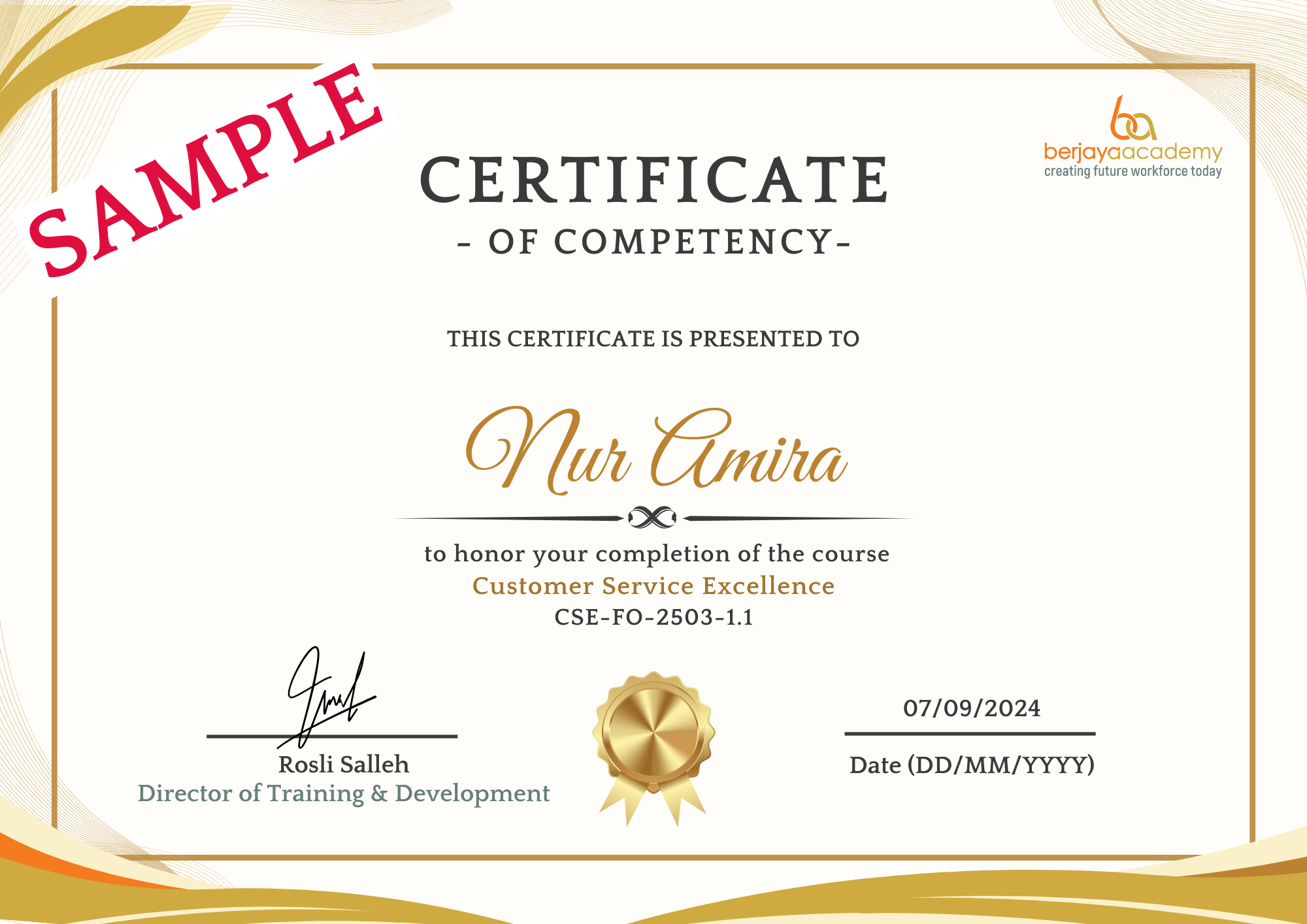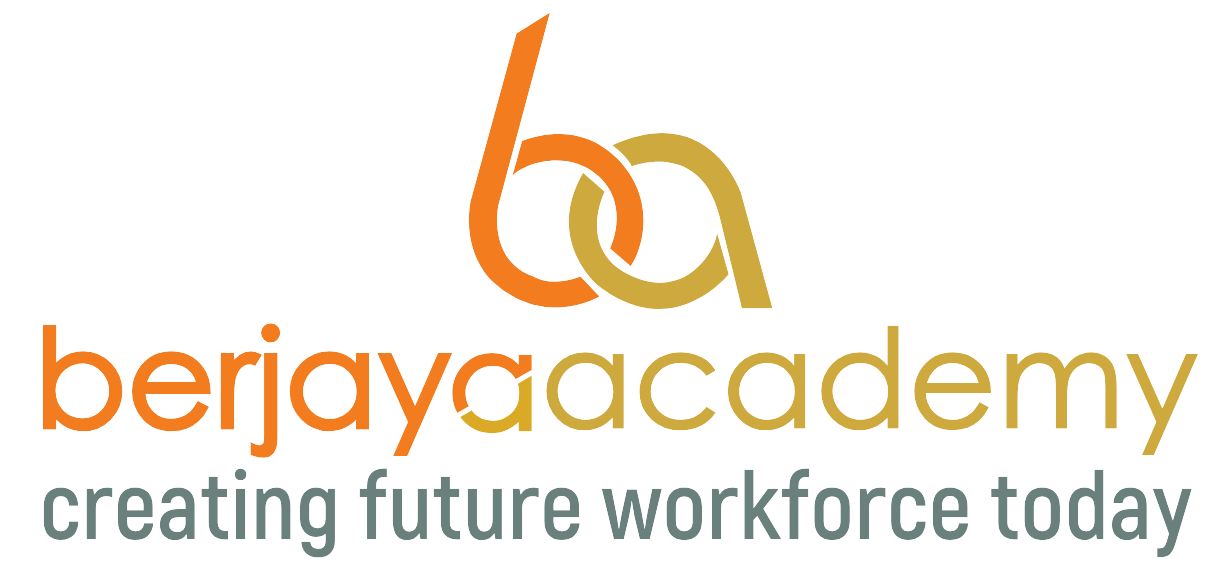
Course Details
Course Title: Food Safety and Hygiene
Course Code: FSH-KS-2503-1.1
Course Accreditation
Accreditation Type: Certificate of Competency
Course Duration
Total Course Hours: 8 hours (1 day)
Course Fee
Total Course Fee: S$180/pax
Funding Available (If Applicable):
- Training Industry Professionals in Tourism (TIP-iT)
- NTUC Company Training Committee (CTC) Grant
Summary
Topics:
- Proper food handling and storage practices.
- Proper food handling and storage practices.
- Preventing cross-contamination.o Importance of temperature control for food safety.
- Personal hygiene standards for kitchen staff.
- Compliance with HACCP (Hazard Analysis and Critical Control Points) standards.


Learning Objectives for Food Safety and Hygiene for Kitchen Staff
By the end of this course, participants will be able to:
- Demonstrate proper food handling and storage practices, ensuring the safety and quality of food in the kitchen.
- Understand and prevent cross-contamination, identifying critical points where cross-contamination may occur and implementing effective prevention methods.
- Implement temperature control practices for food safety, including monitoring and maintaining correct storage temperatures.
- Follow personal hygiene standards to minimize the risk of foodborne illnesses and maintain a clean kitchen environment.
- Understand and comply with HACCP (Hazard Analysis and Critical Control Points) principles and practices to ensure food safety throughout the food preparation process.
Learning Units for Food Safety and Hygiene for Kitchen Staff
Unit 1: Proper Food Handling and Storage Practices
- Objective: Understand and apply best practices for food handling and storage to prevent contamination and preserve food quality.
- Content:
- Principles of food safety in handling raw and cooked foods.
- Correct techniques for storing perishable foods, including refrigeration and freezing.
- FIFO (First In, First Out) method for stock rotation.
- Storing foods in the appropriate conditions to prevent spoilage.
Unit 2: Preventing Cross-Contamination
- Objective: Recognize the risks of cross-contamination and apply preventive measures to ensure food safety.
- Content:
- Understanding cross-contamination and its sources (e.g., raw meats, utensils, hands).
- Proper techniques for cleaning and sanitizing equipment and surfaces.
- Designating separate equipment for raw and ready-to-eat foods.
- Using color-coded cutting boards and utensils.
Unit 3: Importance of Temperature Control for Food Safety
- Objective: Implement effective temperature control practices to ensure the safety of food during preparation and storage.
- Content:
- The importance of keeping hot foods hot and cold foods cold.
- Correct temperature ranges for food storage and cooking.
- Using thermometers to monitor food temperature.
- How to prevent the “danger zone” (40°F–140°F) where bacteria multiply rapidly.
Unit 4: Personal Hygiene Standards for Kitchen Staff
- Objective: Apply personal hygiene standards to minimize the risk of foodborne illnesses in the kitchen environment.
- Content:
- Hand washing protocols and techniques.
- Importance of wearing clean uniforms and maintaining personal cleanliness.
- When and how to wear gloves, hairnets, and other protective gear.
- Illness reporting and restrictions for kitchen staff.
Unit 5: Compliance with HACCP (Hazard Analysis and Critical Control Points)
- Objective: Understand and implement HACCP principles to ensure food safety at every stage of food preparation.
- Content:
- Overview of HACCP principles and their application in the kitchen.
- Identifying Critical Control Points (CCPs) and setting up control measures.
- Documentation and monitoring practices for food safety.
- Steps in implementing a HACCP plan in a kitchen.
